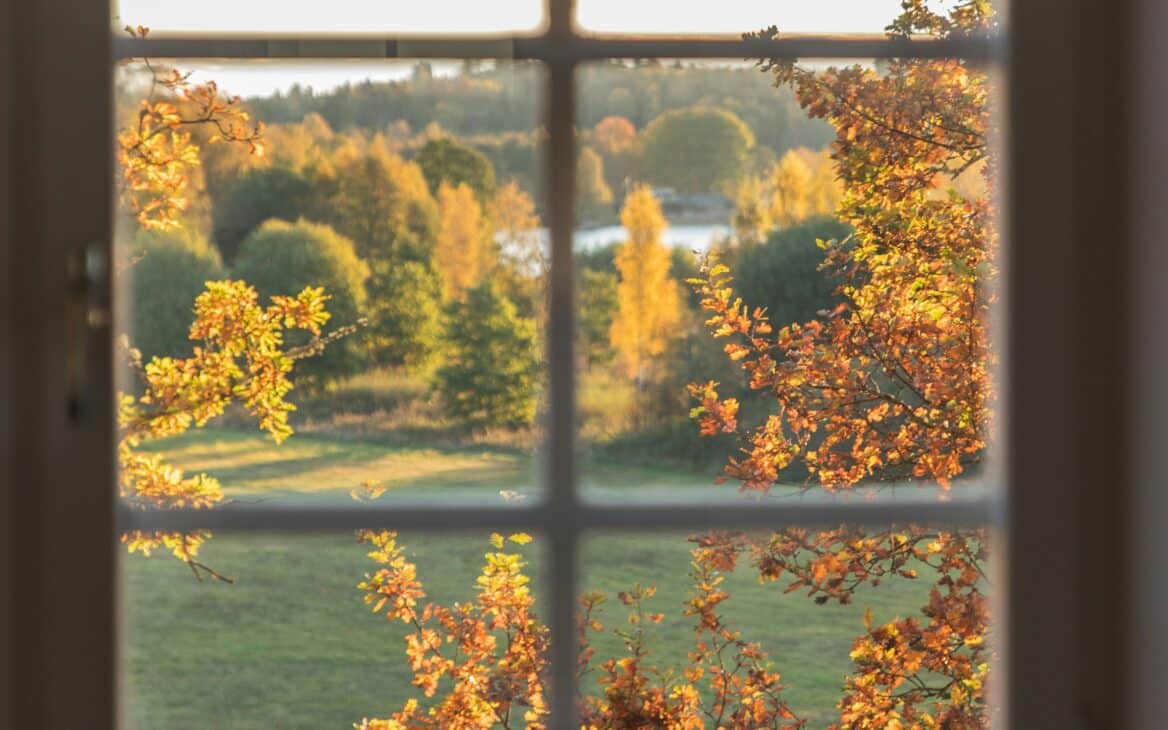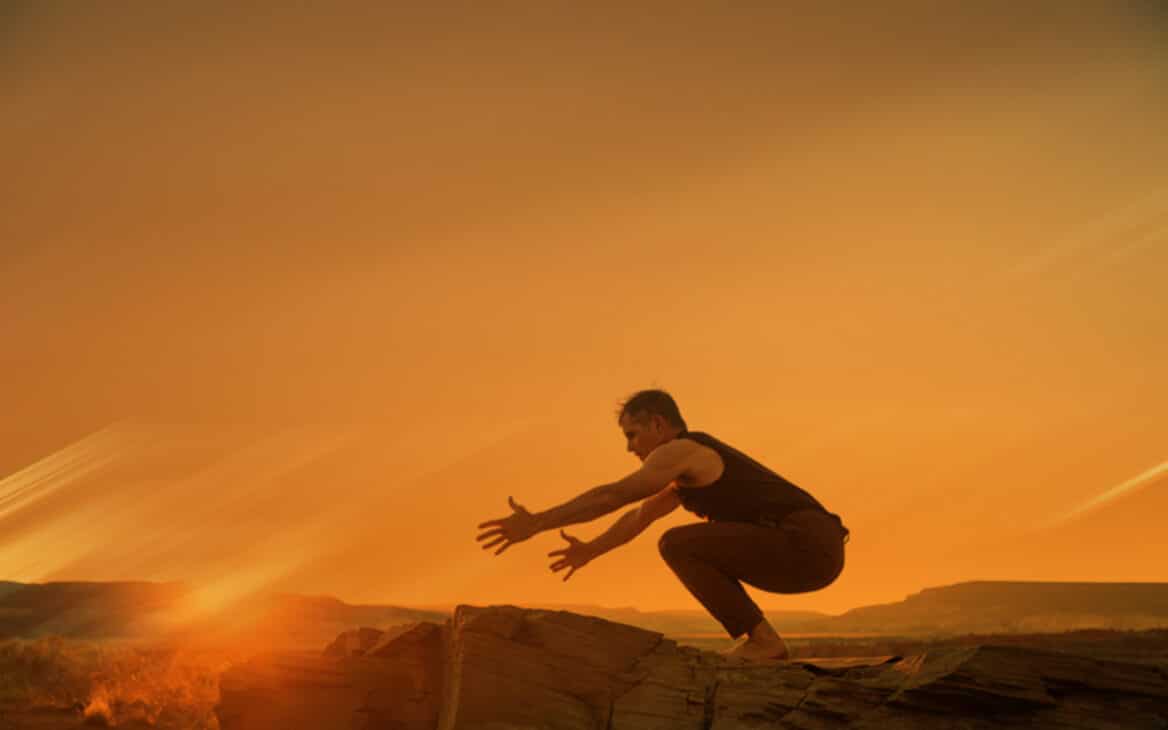Today there is lots of talk about being present. You can find Be Present on the side of yoga pants, as a decal on coffee mugs and on the bumper sticker of your neighbor’s car. You could spend hours watching You Tube clips and Ted Talks on how to be present. There are Be Present clothing lines and Be Present social welfare companies. Be Present is the hot mantra of corporations, podcast hosts and wellness coaches all across the country. You can be present for each bite of tahini toast in the morning, be present for your Zoom call, and be present while reading this passage. Starting in third grade, we are taught to be present— conjugating verb tenses, computing math problems and playing notes on the piano. While being present has its merit, I suggest that its corollary, being absent, is the essential ingredient to deepening your practice.
But how in the world do we practice absence? How do we embody a thing that is not really there? This is the rub of the meditative arts, the rich and fertile paradox of practice. Absence is necessary for discovering silence and space and finding the freedom to roam. When practicing absence, we hit the pause button, take leave of our quaking thoughts and aching fears and open to something greater. While presence can help locate you in the midst of a busy life, absence is really where the juice is.
Now some people seek absence by drinking Jack Daniels, listening to speed metal or flipping from snippet to snippet on social media. But the absence we are looking for requires discipline, tact and attentiveness. To get clear on absence you need a kind of “all-in” approach. For absence is the direct path to greater presence. Each time you drop into yoga nidra, pause at the end of your breath in pranayama or suspend between thoughts in meditation, you step foot into the wide circle of wonder. When you actualize absence, you enter a space without boundary, edge or seam. When Ram Dass penned Be Here Now, he was suggesting that here is not limited to just one breath or one sensation, but that “here” is boundless, without end.
The challenge with yoking to absence is that we never see it, touch it, hear it or smell it. In Buddhism, this empty space is referred to as the “Womb of the Buddha,” a pregnant emptiness that gives birth to all things. So practice absent-minded wakefulness. For it is here that the world is revealed in all its strange and wonderful ways.
Image source: https://www.adam-eason.com/be_present/



